After a person has been identified as a victim of trafficking and their immediate needs have been defined, the person needs to be referred to the respective programmes and services included in the NRM. Safe referral guarantees that the care and services which will be provided will not harm the person.
Step 1. Informed consent about the referral to another organisation
Step 2. Contacting the organisation to which the trafficked person is referred
The organisation to which the victim is referred must be properly notified about the victim’s arrival. The way the victim will be met – where, at what time, and by whom – should also be arranged in advance.
During the referral, it is assessed if the accepting organisation has the necessary resources to work on the case. The information provided to the receiving organisation is limited only to what is necessary for the adequate provision of the planned services. The trafficked person should agree on what and how much information is shared with the other organisation. Exceptions are made only regarding information related to risks for the life and well-being of the trafficked person, their family, employees of the service provider, or other people. This information must be shared with the receiving organisation.
It is recommendable for the victim, if possible, to contact in advance (via telephone, SKYPE, VIBER) a representative of the receiving organisation.
Step 3. Accompanying the trafficked person to the organisation to which the person is referred
Step 4. Feedback from the receiving organisation
Step 5: When referral is not possible
- The crime of trafficking in human beings;
- Their rights as a victim of trafficking;
- The right to keep the situation of trafficking secret from other people;
- The possibilities to receive support;
- The places where they can turn for support in the country/place of residence later;
- The legislation they can benefit from;
- Others.
